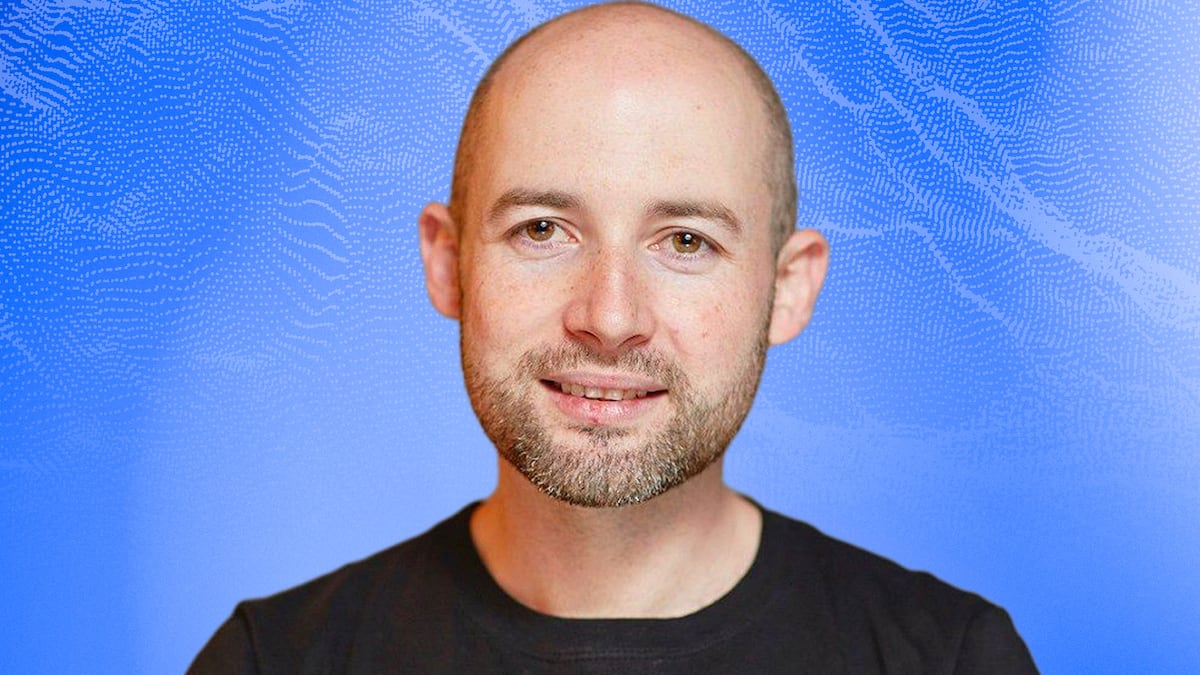In December 2023, Fuse announced plans to launch a ZK-powered Layer 2 network. How do zero-knowledge proofs and L2s play into your vision for seamlessly integrating TradFi with Web3?
We’ve been observing closely the evolution of blockchain networks in the past years and see zero-knowledge proofs as the answer to solving the issues with the pseudonymous nature of the Web3 space and scaling what blockchains can do. The paradigm shift replacing the need to trust with the ability to verify will see more protocols adopt zero-knowledge proofs (ZKPs) for information verification.
Zero-knowledge proofs and Layer 2 solutions are key components of our approach to integrate business payments and finance with Web3. Zero-knowledge proofs enhance privacy and security by enabling transaction verification without exposing sensitive details, which is essential for maintaining the high standards of business payments and personal data protection expected in traditional finance. Layer 2 solutions, especially those using zkEVM, greatly improve scalability and reduce transaction costs, making blockchain technology more viable for everyday financial activities. With these technologies, we are upgrading Fuse to a seamless, secure, and scalable ecosystem that connects traditional finance with Web3, driving broader adoption and innovation.
What constitutes your UX checklist to ensure a successful transition for a business entering the Web3 world? Does that checklist change when applied to transitioning Western companies that wish to expand to emerging regions?
.Businesses are facing a lot of pressure to transition quickly to Web3-facing models, putting a lot of strain on their existing infrastructure and resources. We have built the Fuse white-label middleware around several pain points for businesses transitioning to Web3 with a focus on user-friendly experiences, intuitive processes and seamless onboarding. Too many organizations are falling behind on blockchain adoption due to its complex nature and lack of knowledge. Fuse is about simplifying while increasing adoption. By bridging the Web2 onboarding process with blockchain-native architecture and services, we provide a robust and secure gateway into Web3 to democratize access to payment applications, services and platforms that drive financial inclusion. Our open source vertical stack is the first of its kind, bundling all costs under one fixed pricing model to build the network around operators with a B2B2C model.
For Western companies looking to expand into emerging regions, blockchain is a vital element of that strategy as it provides a borderless framework for adoption and access to global communities. Our intent for Fuse is to act as the bridge between businesses who want to transition to Web3 and their existing Web2 models without friction or exuberant costs.
The case-agnostic Fuse network has succeeded in helping several RWA and e-commerce businesses develop blockchain-based products. What sets Fuse’s toolkits apart from those of its competitors?
When we started building the toolkits, we knew we wanted something comprehensive and user-centric. There are many blockchain toolkits but none that are vertically integrated, fully open-source stack for payments that plug into existing business systems. We wanted to reduce technical barriers and let businesses customize our solutions to meet their specific needs. Blockchain is about versatility but I think many protocols forget many developers who might want to build on them don’t necessary have the knowledge to do it. We don’t want to exclude the vast communit of developers and businesses used to Web2 experiences.
Fuse boasts a unique B2BC model, developed from Web2 and optimized for Web3 payments with a monthly subscription plan to keep transaction costs low and simplify processes. We prioritize security and privacy by using advanced technologies like zkEVM and zero-knowledge proofs. Our solutions are interoperable with other blockchain networks and traditional financial systems, ensuring a seamless user experience. We’re also integrating with local operators and building a strong community with extensive support to help businesses on their blockchain journey.
Account abstraction and the introduction of the ERC-4337 standard aim to simplify the casual crypto enjoyer’s experience in the Web3 world. How do FuseBox’s account abstraction features help realise this?
The ethos of blockchain technology is to increase trustlessness, decentralization and inclusion. Some updates and upgrades have contributed towards this more than others. FuseBox’s account abstraction features, based on the ERC-4337 standard, make the user experience much simpler. It’s about eliminating technical barriers, so users don’t need to understand complex blockchain concepts and can interact through familiar interfaces. Enhanced security is a big advantage, as account abstraction separates user accounts from private keys, reducing the risk of key loss or theft. The user experience is also improved, allowing multiple actions in a single transaction, which streamlines processes like payments and contract interactions. Businesses get more flexibility and control, enabling them to design custom user flows and permissions. Plus, with gasless transactions, businesses can sponsor transaction fees for users, making the Web3 experience more accessible and frictionless.
What’s next for Fuse? What are some of your future milestones for the company?
Looking ahead, Fuse is focusing on several key milestones. First, we are implementing an upgraded stack to transition to a more stable and integrated Web3 environment with better security, scalability, and interoperability. We are transforming Fuse into a Layer 2 solution by integrating with Polygon CDK, leveraging their modular and open-source solutions to significantly boost transaction throughput, reduce costs, and provide advanced privacy features. Our partnership with Polygon and our move to become a zkEVM reflects our belief that zero-knowledge technology is the future. In tandem, we are strengthening our tokenomics with new staking requirements and deflationary measures to stabilize and increase the value of FUSE tokens. By accomplishing these goals, Fuse aims to “own the last mile” by creating a robust, scalable, and user-friendly blockchain environment that supports diverse business models and use cases, driving the next wave of Web3 adoption.
